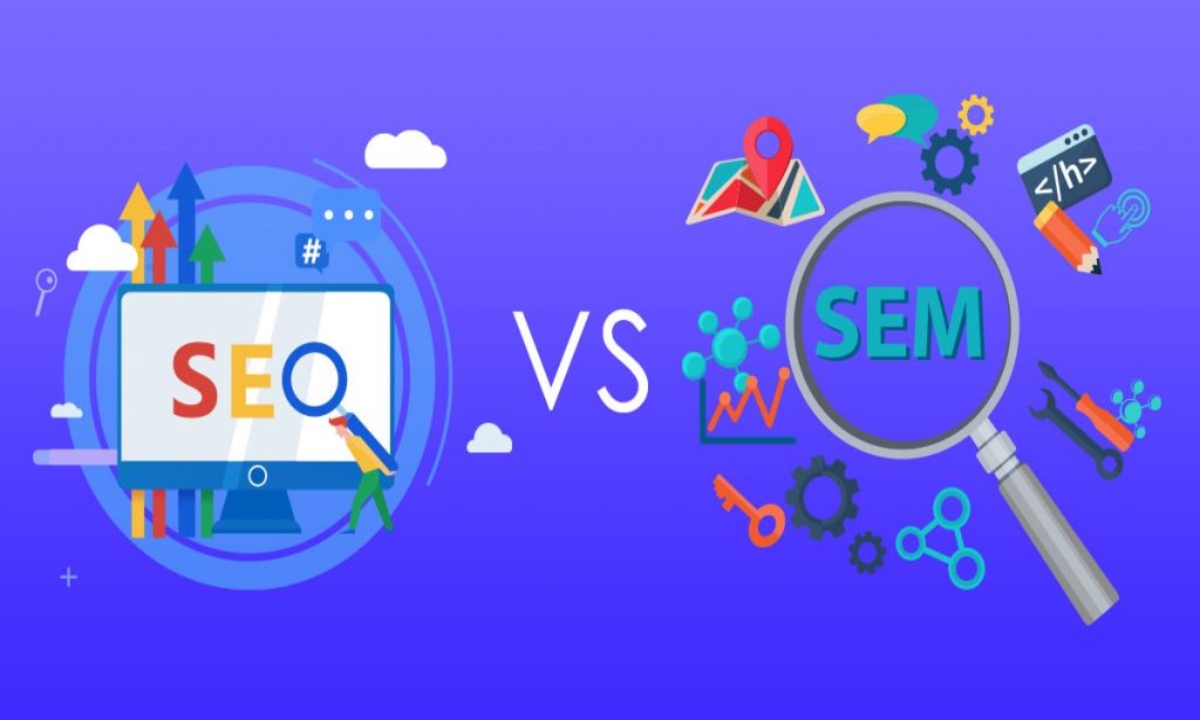
Things help to decide Social media vs search engine marketing platform
Social media marketing and search engine marketing are both forms of paid advertising that businesses can use to reach their target audience. Both are effective ways to reach a target audience, but they differ in platform, ad format, targeting, cost, goals, and timing. Businesses should consider their goals, target audience, and budget when deciding which type of advertising to use.
Platform:
Social media marketing platforms include Facebook, Instagram, Twitter, LinkedIn, and others. These platforms allow businesses to create and promote ads to their target audience based on demographics, interests, and behaviors. Social media advertising is typically focused on building brand awareness, engagement, and relationships with the audience.
Search engine marketing platforms include Google Ads, Bing Ads, and Yahoo Ads. These platforms allow businesses to create and promote ads on search engine results pages based on specific keywords or search terms. Search engine advertising is typically focused on lead generation, sales, and driving website traffic.
Ad format:
Both social media and search engine ad formats offer different ways to reach audiences and can be effective depending on the goals of a marketing campaign. Social media ad formats tend to be more visually driven, while search engine ad formats tend to be more text-based. It's important to understand the unique features of each ad format and how they can be used to reach specific marketing objectives.
Social media ad formats:
- Image Ads - Static visuals that promote a product, service or brand
- Video Ads - Videos promoting products, services or brand
- Carousel Ads - Ads with multiple images or videos in a single post that can be swiped through by users
- Collection Ads - Ads featuring a collection of products or services within the same ad unit
- Stories Ads - Full-screen vertical ads shown in between stories on Instagram or Snapchat
Search engine ad formats:
- Text Ads - Ads that appear at the top or bottom of the search engine results page and consist of text only
- Display Ads - Image and video ads that appear on websites that are part of the search engine's ad network
- Shopping Ads - Product listing ads that appear at the top of the search engine results page with an image, product name, and price
- App Promotion Ads - Ads that encourage users to download or engage with an app
- Video Ads - Video ads that appear on the search engine results page or within the search engine's ad network
Targeting:
Social media ads allow businesses to target specific demographics, interests, and behaviors of their audience, whereas search engine ads are primarily targeted based on the keywords that people are searching for.
Cost:
The cost of advertising on social media platforms varies depending on the platform and the targeting options used. Search engine advertising is typically charged on a pay-per-click (PPC) basis, with the cost per click varying depending on the competition for the keywords being targeted.
Goals:
The goals of social media and search engine marketing can differ based on the objectives of a marketing campaign. Both social media and search engine marketing can be used to achieve a variety of marketing goals. It's important to determine the specific objectives of a campaign and then select the appropriate marketing channels and strategies to achieve those goals.
Social media marketing goals:
- Brand awareness - promoting a brand or product to a wide audience to increase visibility and recognition.
- Engagement - encouraging users to interact with a brand, such as commenting, liking, or sharing content.
- Lead generation - collecting information about potential customers to develop a list of leads for sales follow-up.
- Website traffic - directing users to a brand's website to increase page views and engagement.
- Conversions - prompting users to take a specific action, such as purchasing a product or signing up for a newsletter.
Search engine marketing goals:
- Lead generation - generating leads through targeted advertising and search engine optimization (SEO).
- Sales - driving sales by promoting products and services to potential customers.
- Website traffic - directing users to a website to increase page views and engagement.
- Brand awareness - increasing the visibility of a brand or product to a targeted audience.
- Reputation management - promoting positive content about a brand and reducing the visibility of negative content.
Timing:
Social media ads are often used for short-term campaigns or promotions, while search engine ads can be used for both short-term and long-term campaigns.